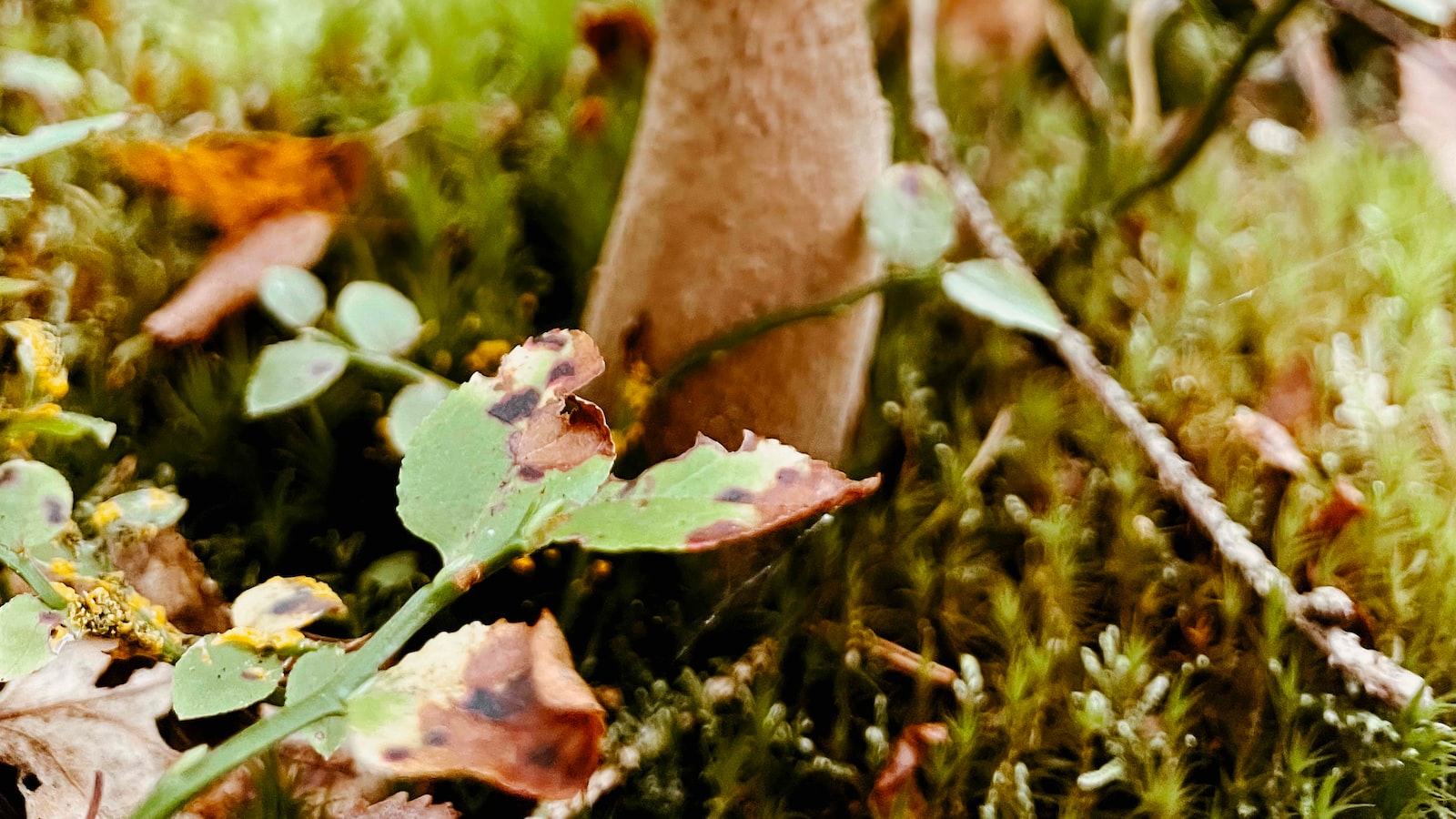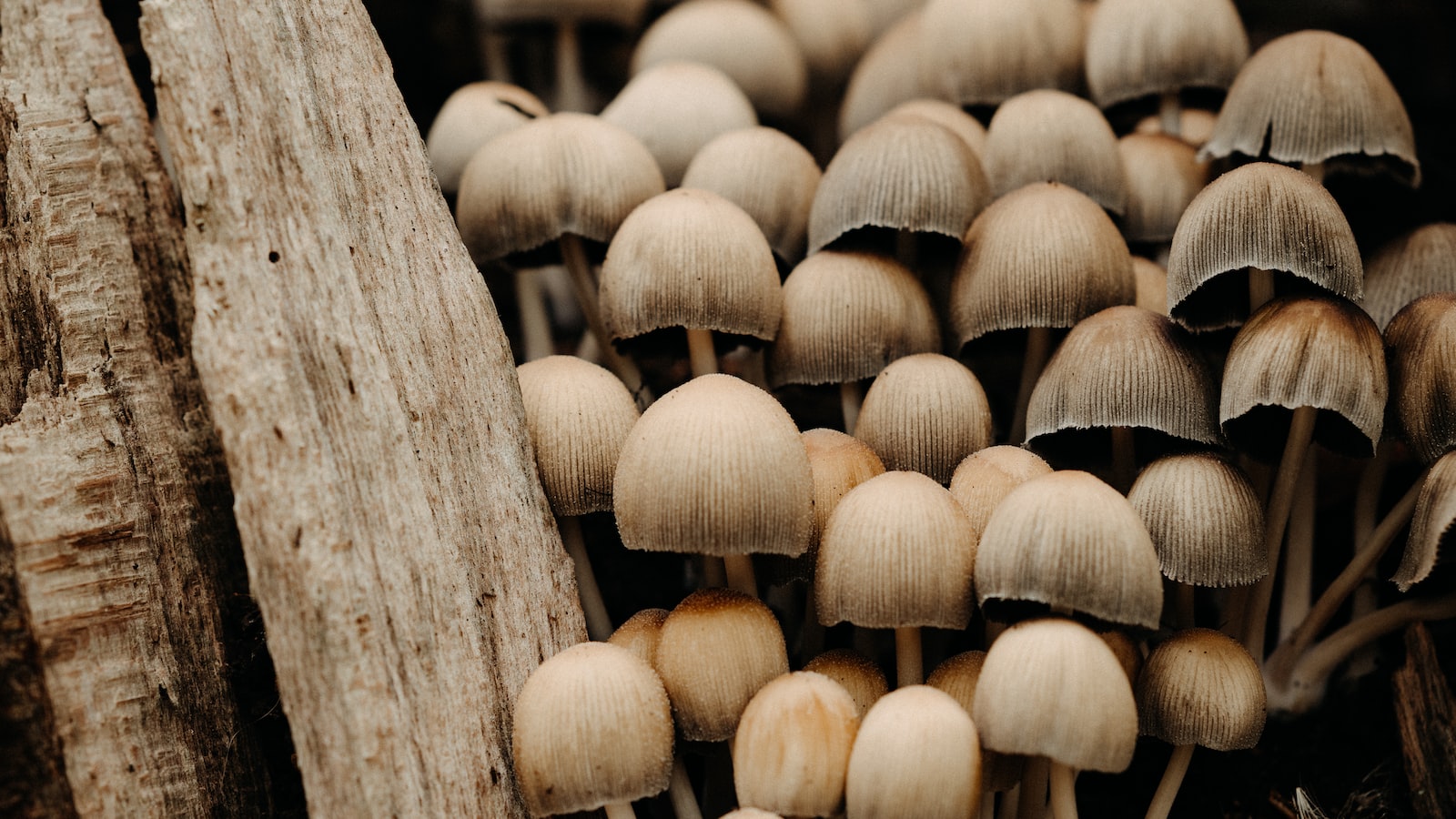Unveiling a mystery of the automotive realm: the infamous and elusive army of the artillery fungus. Weaving its way into our lives, this minuscule yet formidable force leaves a trail of tiny black spots on car exteriors, perplexing even the most seasoned vehicle owners. Fear not, for in this article, we embark on a mission to decode the secret maneuvers of this enigmatic fungus and discover the most effective battle strategies to rid your beloved wheels of these pesky spores. So fasten your seatbelts and prepare to reclaim your car’s pristine shine as we delve into the intriguing world of artillery fungus removal.
Finding Artillery Fungus Spots on Your Car’s Exterior
Artillery fungus can be a pesky and frustrating problem for car owners. Not only does it create unsightly spots on your car’s exterior, but it can also be stubborn to remove. If you’ve noticed small black dots on your vehicle, chances are you’re dealing with this particular fungus.
To effectively remove artillery fungus from your car, there are a few steps you can follow. First, gather the necessary supplies: a microfiber cloth, mild soap, water, and a gentle scrub brush. Begin by gently rinsing your car to remove any loose dirt or debris. Then, create a mixture of warm water and mild soap in a bucket. Dip your microfiber cloth into the soapy water and start scrubbing the affected areas, making sure to apply gentle pressure. **Remember, using the right technique is key to prevent any potential damage to your car’s paintwork.**
| Features | Tips |
|---|---|
| Use a microfiber cloth | Microfiber cloths are gentle and won’t scratch your car’s paint. |
| Apply mild soap | Using a mild soap helps break down the fungus without causing damage. |
| Gentle scrubbing | Applying gentle pressure with a scrub brush aids in removing the stubborn spots. |
After scrubbing, rinse your car thoroughly with clean water to remove any soap residue. It’s essential to dry your vehicle immediately to prevent water spots from forming. Additionally, consider investing in a good quality car wax or protective coating to help prevent future fungus spots and make cleaning easier in the long run.
Artillery fungus spots can be a persistent nuisance, but with the right approach and regular maintenance, you can keep your car looking its best. Remember to be patient and avoid using abrasive materials, as they can damage your car’s finish. By following these steps, your vehicle will be artillery fungus-free and shining in no time!

Understanding the Causes and Implications of Artillery Fungus Infestation
Artillery fungus is a common problem that can wreak havoc on your car’s exterior, leaving unsightly black spots that are not only unappealing but also difficult to remove. If you’ve fallen victim to this pesky infestation, fear not! We’ve got you covered with some effective tips on how to remove artillery fungus from your car and restore its pristine appearance.
First and foremost, it’s important to understand the causes and implications of artillery fungus infestation. This type of fungus thrives in moist environments, typically in areas where decaying organic matter is present. It is often found near mulch beds, as the fungus feeds on decomposing wood and organic debris. When the fungus releases its spores, they can be propelled up to 20 feet, landing on nearby surfaces – including your car.
Now, let’s delve into the practical steps you can take to banish artillery fungus from your beloved vehicle. Follow these simple yet effective tips to restore your car’s shine:
| Features | Tips |
|---|---|
| Gentle cleaning products | Use a mild detergent or car wash soap to gently remove the fungus without damaging your car’s paint. |
| Soft-bristle brush | Gently scrub the affected areas using a soft-bristle brush to loosen the fungus and make it easier to wash away. |
| Vinegar solution | Mix equal parts white vinegar and water to create a natural cleaning solution that can help break down the fungus and remove it from your car’s surface. |
Remember to wash your car regularly, especially after rainy or humid periods, to prevent artillery fungus from taking hold. By understanding the causes, implications, and effective removal methods, you can bid farewell to artillery fungus and keep your car looking its best.
Effective Techniques for Safely Removing Artillery Fungus from Your Car
Artillery fungus can be a stubborn and unsightly problem to deal with on your car’s surface. These tiny, black spore masses are notorious for being difficult to remove, often leaving behind small black dots that can ruin the appearance of your vehicle. But fear not! With a few effective techniques, you can safely combat artillery fungus and restore your car’s glossy finish.
1. **Pre-Rinse:** Before diving into the removal process, give your car a gentle pre-rinse to loosen and soften the fungus. Use a garden hose or a low-pressure setting on your pressure washer to wet the affected areas.
2. **Specialized Cleaning Solutions:** To tackle the artillery fungus, opt for a cleaning solution specifically designed for auto detailing. These solutions often contain gentle yet powerful ingredients that can break down and lift the spores effectively.
Features and Tips
| Features | Tips |
|---|---|
| Powerful cleaning agents | Always follow the manufacturer’s instructions |
| Gentle on car surfaces | Wear protective gloves and eye goggles |
| Effectively removes spores | Test the solution on a small, inconspicuous area first |

Preventing Future Artillery Fungus Infestations on Your Vehicle
Frustrated with finding unsightly black specks of artillery fungus on your car? Don’t worry, we’ve got you covered! Removing artillery fungus from your car can be a tedious task, but with the right techniques, you can prevent future infestations and maintain a spotless vehicle. Here are some handy tips and features to help you combat this pesky problem:
Table:
| Feature/Tips | Description |
|---|---|
| Park away from mulch | Artillery fungus thrives on decomposing organic material. To minimize the chances of an infestation, try to avoid parking your vehicle near mulch or other organic debris. Opt for a clean, open parking spot instead. |
| Regular car washes | Washing your car on a regular basis is a great way to prevent artillery fungus from sticking to the surface. Use a high-quality car wash shampoo and thoroughly clean all areas, paying extra attention to the lower portions where the fungus often lingers. |
| Protective wax | Applying a layer of protective wax to your vehicle’s exterior creates a barrier that makes it difficult for artillery fungus spores to attach. Regularly wax your car to ensure maximum protection and to make cleaning easier. |
By incorporating these preventive measures into your car maintenance routine, you’ll significantly reduce the chances of future artillery fungus infestations. Remember, the key is to be proactive and stay one step ahead of these stubborn spores.
Frequently Asked Questions
Q: How did my car become a victim of the notorious artillery fungus?
A: Ah, the mischievous artillery fungus! This troublemaker thrives on decay and loves nothing more than to hitch a ride on unsuspecting vehicles. It spreads its spore-filled, sticky goo onto everything it touches, leaving behind dark speckles resembling mini-bullet holes. Your car was simply in the wrong place at the wrong time, and this fungus saw it as the perfect target for its wicked pranks.
Q: What weapons should I arm myself with to combat this pesky fungal invader?
A: Fear not, brave car owner! Your trusty arsenal should consist of patience, determination, and a collection of cleaning weapons. Begin this epic battle by carefully scraping off the dried artillery fungus specks using a plastic scraper, being mindful not to damage your treasured vehicle. Then, equip yourself with an abrasive cleaning solution, such as a gentle detergent or a vinegar-water mixture, to vanquish any traces left behind. Oh, and don’t forget the heavy artillery—elbow grease! Vigorously scrub the affected areas until they shine with victory.
Q: Are there any preventive measures to safeguard my car from the wrath of artillery fungus in the future?
A: Absolutely! To ward off those pesky fungal foes, consider fortifying your car’s defenses. Park away from decomposing mulch or rotting wood, which serve as ideal breeding grounds for the artillery fungi. Moreover, regularly wash and wax your vehicle to create an invisible shield of protection against this relentless enemy. In the event that you come across these rebellious spores again, act swiftly and remove them promptly before they establish their dominion. Remember, knowledge is power when it comes to thwarting the artful antics of the artillery fungus! In the eternal battle between nature and our trusty automobiles, an unexpected foe often emerges from the shadows: the elusive but troublesome artillery fungus. In our journey towards maintaining the cosmetic appeal of our vehicles, we’ve explored the depths of knowledge to bring you effective techniques for bidding this sticky nuisance farewell. As you embark on the path of artillery fungus removal, armed with this newfound wisdom, be prepared to transform your car into a shining beacon once more. Remember, persistence is key, and with determination, you can reclaim your chariot from the clutches of these minuscule culprits. So, ready your remedies and brushes, for a grand finale awaits, where your vehicle will emerge victorious, freed from the tyranny of the artillery fungus. May your ride always be splendid and reflect the light of your efforts, even in the darkest of days.
- When to Put Weed and Feed on Lawn in Michigan - October 16, 2023
- When to Fertilize Potatoes Plants - October 16, 2023
- Can You Plant Clover in the Spring - October 16, 2023
Contents

